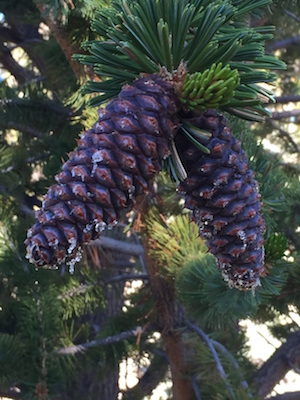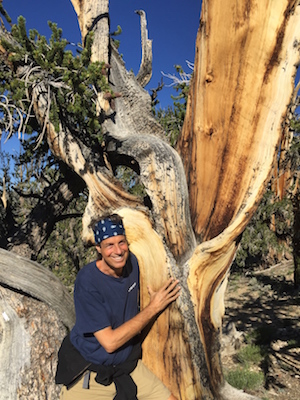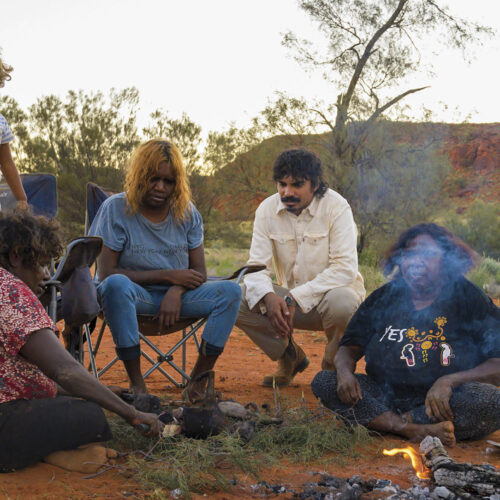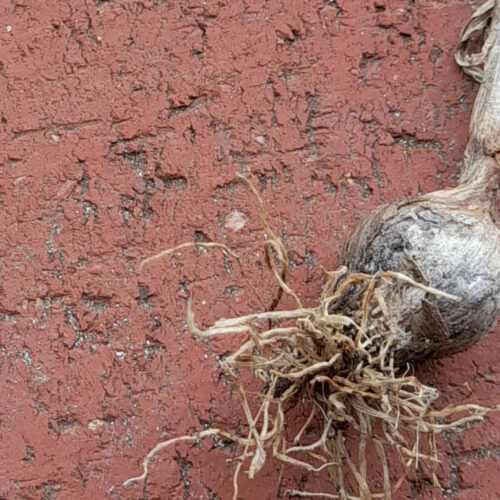The Ancient Ones
2017-08-22T22:00:00+10:00
Dr Reese Halter makes his annual pilgrimage to visit trees that "offer a glimpse and insight into immortality". Find out more here.
There are many special places in nature, but none more sacred than the antiquitous pine forests, especially atop the White Mountains of east central California.
My brother, Jason, accompanied me this year on my annual holy pilgrimage to the ancient ones. It is there that the oldest single-stemmed trees – the Great Basin bristlecone pines – have thrived for more than 48 centuries. For me, these bristlecone pines offer a glimpse and insight into immortality.
At a couple miles above sea level, under the most extreme growth conditions on the planet, these venerable vanguards with their glorious weather-coloured wood persevere against all odds.
Everything about these ancient ones is surreal. They make a living on a former 600 million year old Silurian dolomitic sea floor. Roots of these champion cold specialists feed directly off alkaline sediments. Soils are thin, poorly developed.
These gladiators are the thriftiest of all known 80,000 tree species. They possess a unique ability to awaken in June, discern if growing conditions are too dry and immediately drop back into dormancy for another 12 months.
Temperatures in the warmest month rarely exceed 10°C. These extraordinary pines retain their thick, protective waxy foliage for half a century, despite bombardment by some of the highest ultraviolet radiation on the globe and regular sandblastings by 130km/h winds smashing fine gravel or razor-sharp ice shards.
These weather-sculpted beauties can endure losing more than 80 per cent of their life-sustaining bark and still plod along for another 1000 years, growing cones with viable seeds.

Bristlecones are purple, attracting more heat in the late summer to mature cones and release seeds before early winter snowfalls. For these pines in cold climates, their seeds require no chilling, meaning they are able to germinate straight away provided they find moisture and exposed soil to tap into.
These stoic, squat, gnarled survivors show no signs of aging whatsoever. When my colleagues examine the tips of their genes, or telomeres, they are not shorter nor deformed. After almost 5000 years of extreme living conditions, these elders are unfazed by the unfathomable environmental challenges of mountaintop life.
The ancients ones eventually expire; they outgrow the Silurian sea floor soil.
These breathtaking trees evolved to make haste slowly. The Age of Anthropocene has sped them up faster, and they, too, are facing an uncertain future, which contradicts their role as the gatekeepers to the Holy Grail: the secret to eternal life.
Each year I return to the high mountains and its ancient ones to renew my love affair with nature.

Dr Reese Halter’s upcoming books are Save Nature Now and Love Nature.






